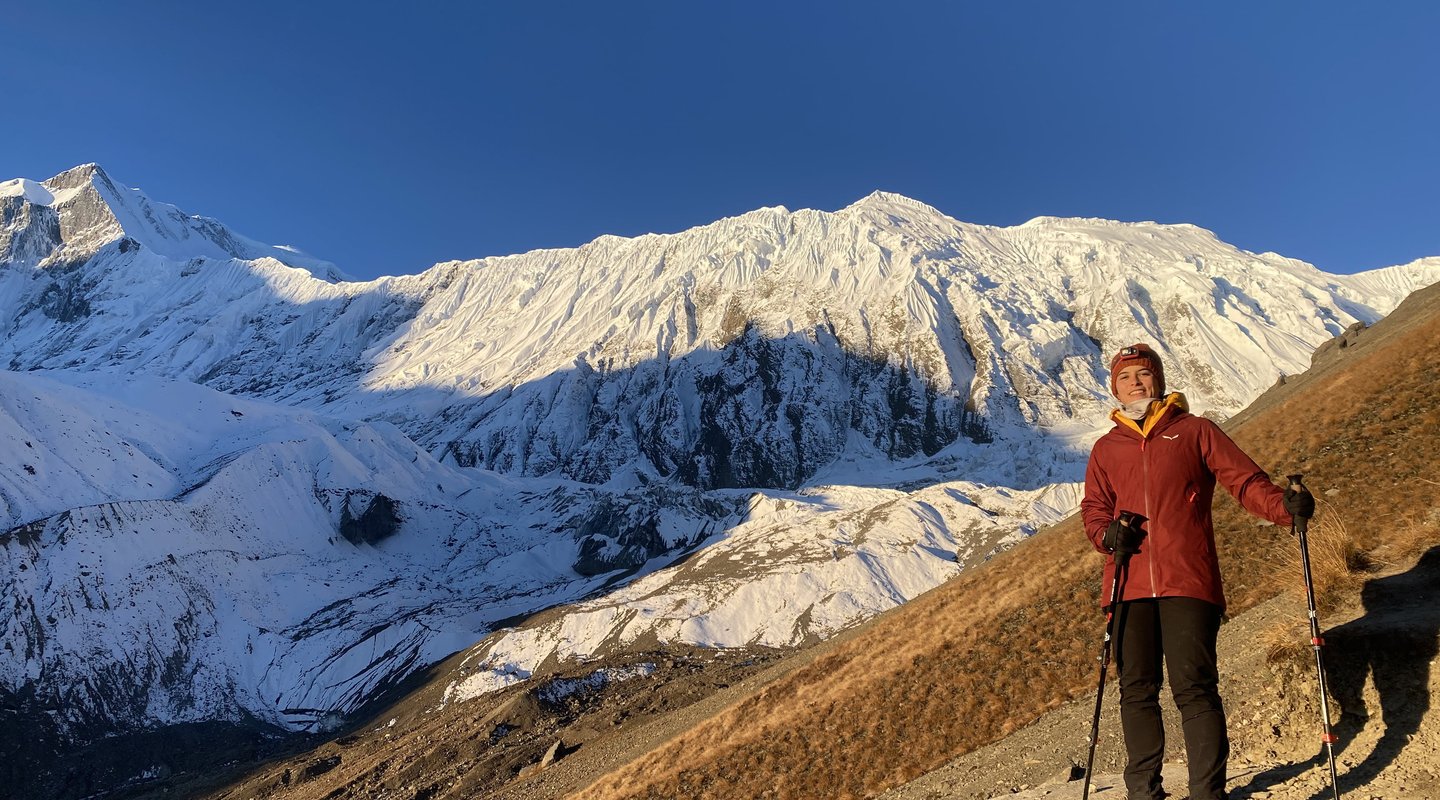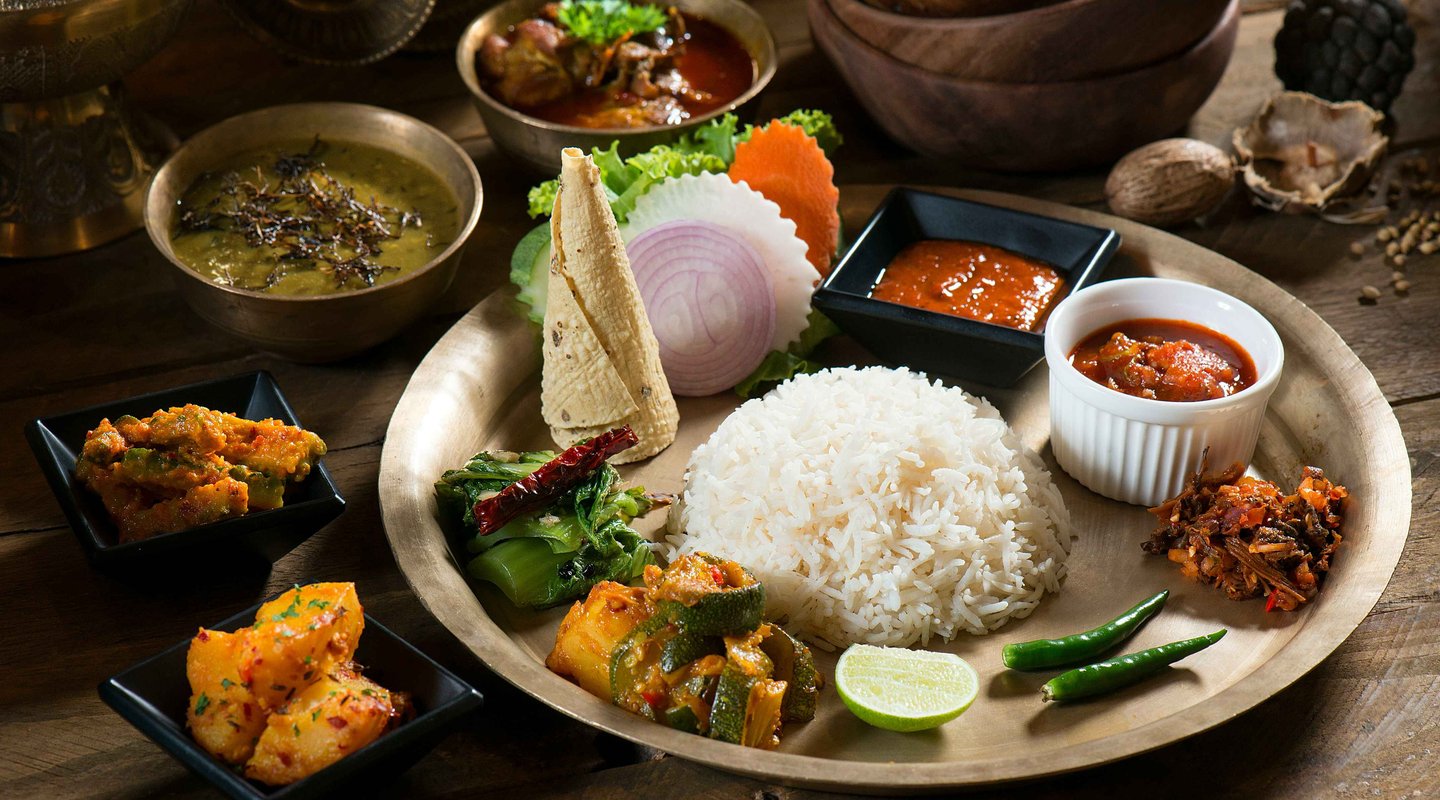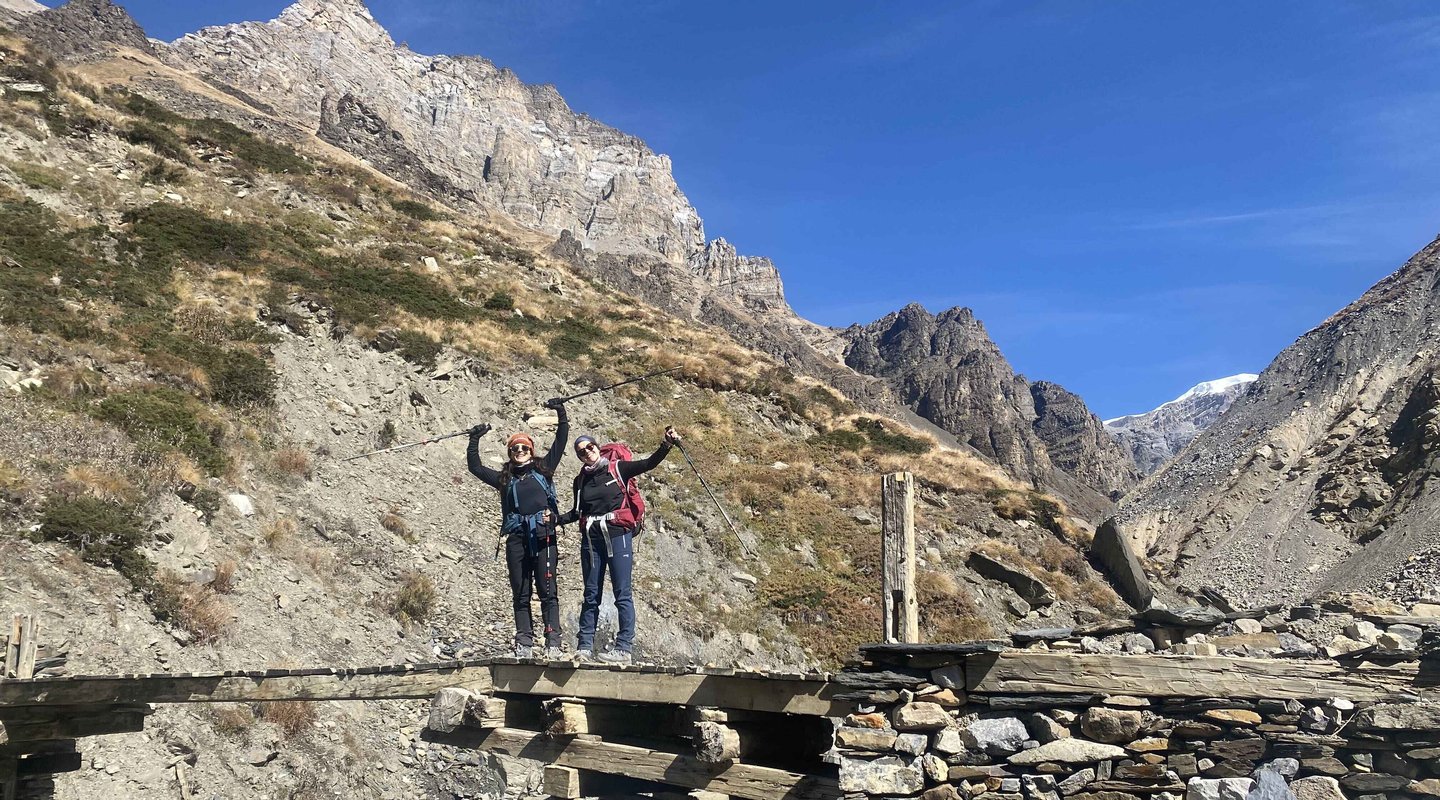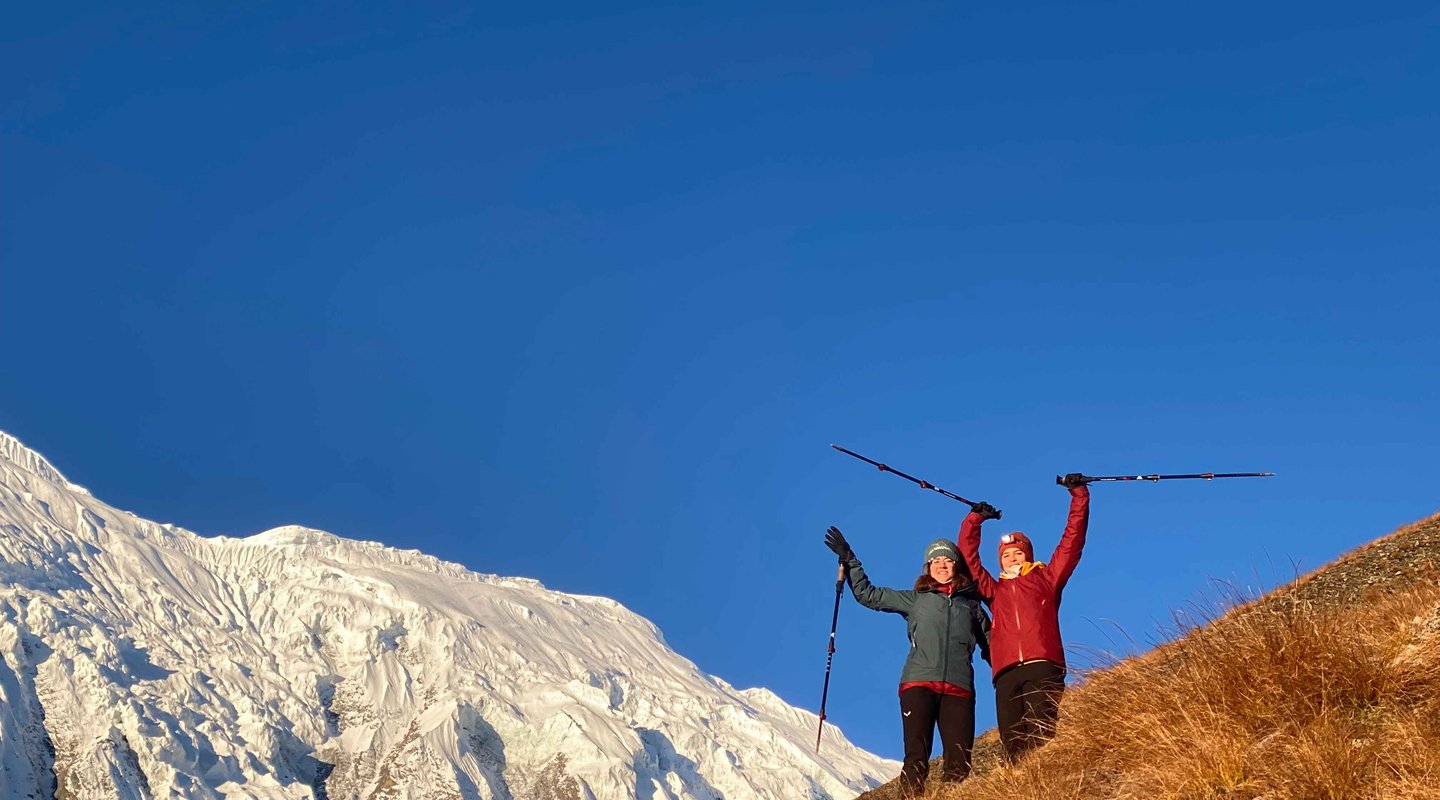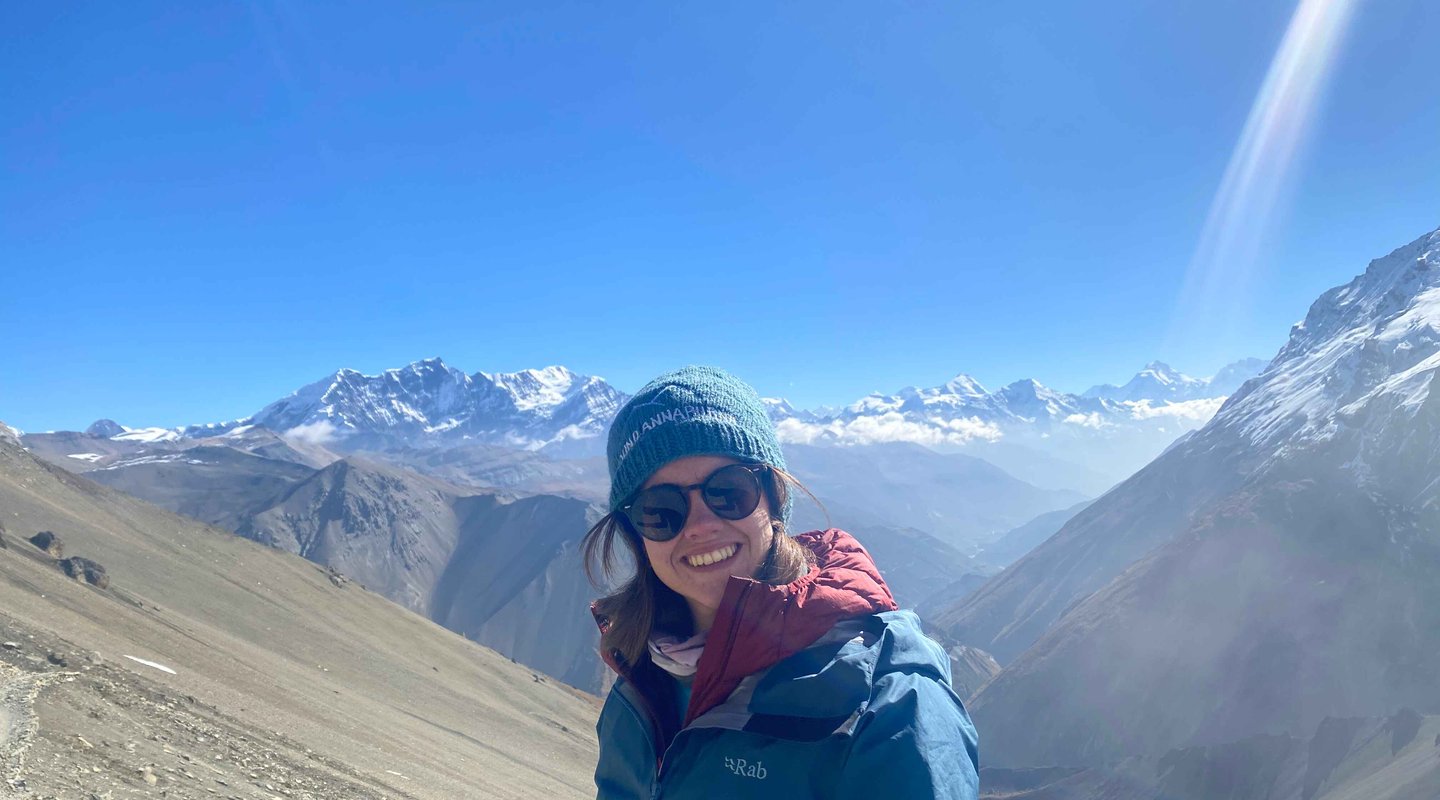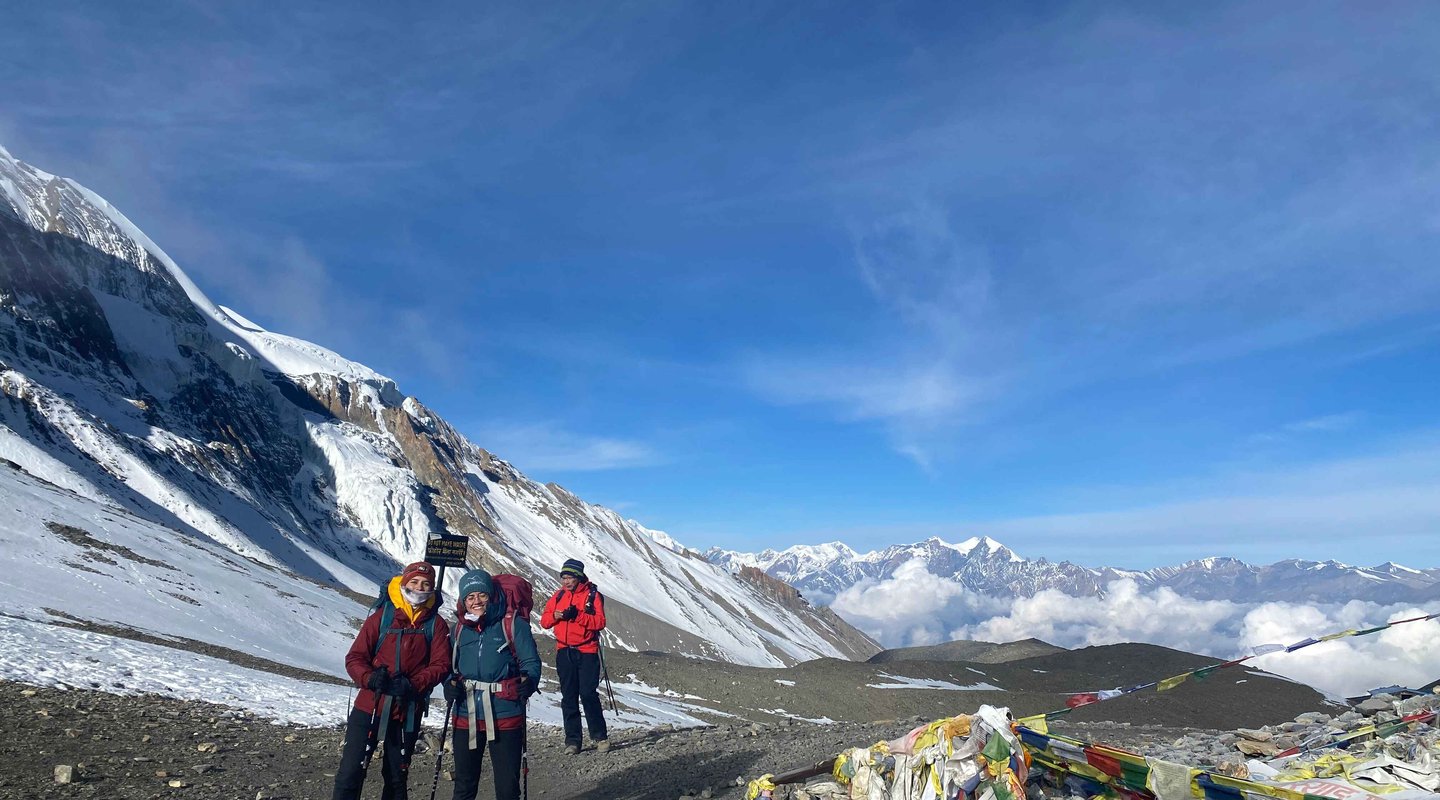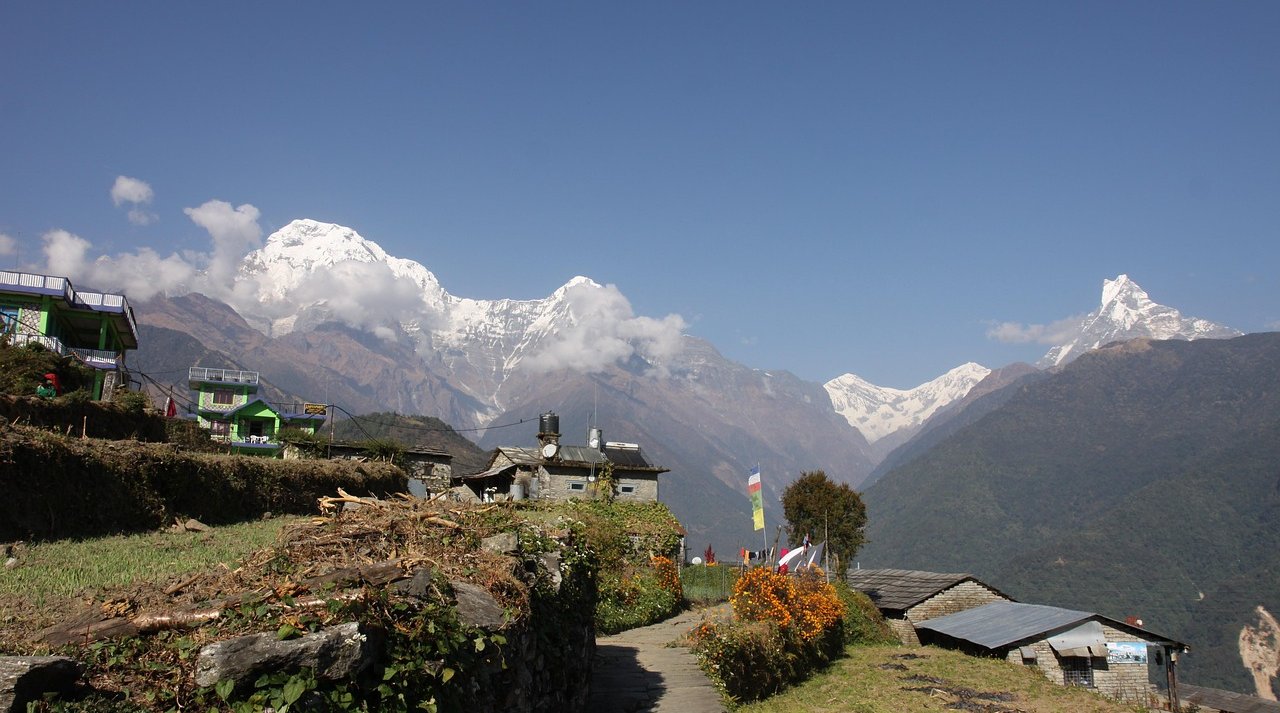
The Annapurna Circuit Trek is renowned everywhere for being among the world's most stunning multi-day hikes, the trek offers an unmatched set of unparalleled scenery, profound cultural immersion, and rewarding sensations of achievement. From the subtropical foothills where their lovely rhododendron woodlands burst forth in bloom to the dry, high-altitude deserts on the edge of Tibet, Annapurna land stretches out one stunning range after another of natural beauty. This 14-day Annapurna Circuit Trek detailed Itinerary will help trekkers pass through villages with their unique architecture and traditions, surrounded by the syncretism of Hindu and Tibetan Buddhist cultures that make Nepal so fascinating. Though challenging in a good way, the climb is so relaxed that thrill-pursuing first-timers can attempt it following training. Memories of these high-standing giants engaging with the local people leave an enduring mark far beyond the time spent trekking.
Choosing the right length for your Annapurna Circuit trek is essential to gaining the highest pleasure and minimum risk. A 14-day trek gets the equation just right with a relaxed pace allowing adequate acclimatization, interaction with the local cultures, and plenty of time to soak up the breathtaking views without rushing. However, a 14-day Annapurna Circuit trek provides the rest days necessary to acclimatize to the rising altitudes, as opposed to the shorter treks that might cut the journey short and therefore increase the risk of altitude sickness and hinder cultural contact. Conversely, while longer tours provide for even more complete exploration, they require a greater time investment and are typically more expensive. The popularity of the 14-day option can be seen in the packages of older trekking companies, showing that it is appropriate for a high percentage of trekkers who want to have an inclusive but not-so-suspenseful experience. It must be remembered here that the length of the trek also varies depending on where the trek starts. Recent road construction in the area now allows us to start our trek as far north as Jagat or as far west as Chame and trim the whole trek by adding on the eastern half of the current lower route. Nonetheless, although these more limited alternatives may be more attractive to the time-constrained, they can reduce the gradual process of acclimatization and the ability to experience the variety of sights present at lower altitudes.
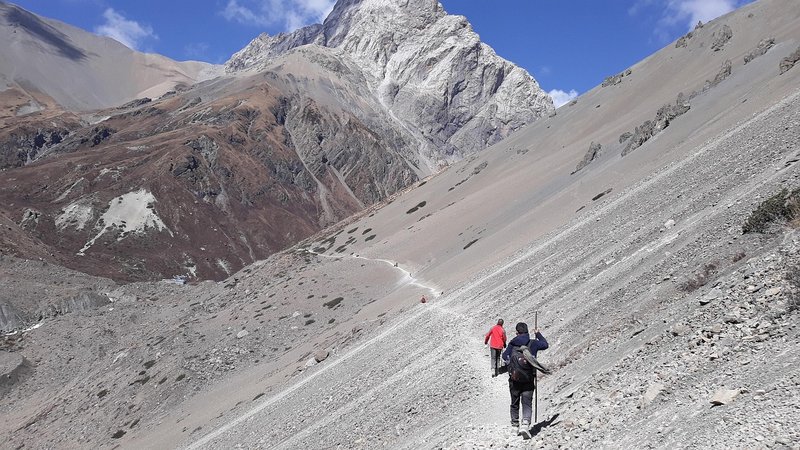
This 14-day Annapurna Circuit Trek detailed itinerary provides a comprehensive day-by-day overview of what you can expect on your 14-day Annapurna Circuit adventure:
Your journey begins with your arrival at Tribhuvan International Airport in Kathmandu, where you will be greeted by a representative and transferred to your hotel. After settling in, you'll receive a briefing about the trek, covering essential information and addressing any questions you might have.
Today involves a long but scenic 8-9 hour drive from Kathmandu to Syange, the traditional starting point for many Annapurna Circuit treks. The journey offers your first glimpse into the Nepali countryside, with views of terraced fields, winding rivers, and the distant Himalayas. This extended drive can be tiring, so it's a good idea to relax and enjoy the changing landscapes as you make your way towards the foothills of the Annapurna range.
The trekking officially begins today with a 5-6 hour hike to Bagarchhap. The trail winds through lush rhododendron, pine, and bamboo forests, following the valley floor and passing through the village of Tal with its cultivated farm plots. As you gain altitude, the air becomes crisper, and the surrounding scenery grows more dramatic.
Another 5-6 hours of trekking will bring you to Chame, the administrative center of the Manang district. The trail from Bagarchhap passes through Danaque and Tamang Village, offering magnificent views of Manaslu and Annapurna II. This day involves a notable ascent of over 500 meters, so maintaining a steady pace is important for beginners.
Today's 5-6 hour trek offers a choice between the lower and upper routes to Pisang. Opting for the upper route, which passes through Ghyaru and Ngawal, provides far more scenic vistas of Annapurna II and Pisang Peak and allows you to experience more traditional Tibetan-style villages. The trail involves crossing a suspension bridge and traversing through pine forests before reaching Upper Pisang.
A longer 7-9 hour trek awaits as you make your way to Manang, a crucial acclimatization stop. The trail from Pisang leads to Braga, a fascinating Tibetan village renowned for its unique stacked architecture, and the Braga Gompa, the largest monastery in the Manang region. After exploring Braga, you'll continue to Manang, where you'll spend the night preparing for higher altitudes.
Today is dedicated to acclimatization. To aid your body's adjustment to the altitude, staying active with a light hike to higher elevations such as Khangsar (3,756m) or the the beautiful tilicho lake or Gangapurna Lake is recommended. You'll also be able to explore Manang village, take in the panoramic mountain views, and learn about the local culture. This rest day is vital for preventing altitude sickness, a common concern at these elevations.
A 4-5 hour uphill trek of approximately 10.4 kilometers takes you to Yak Kharka. The trail passes through juniper forests, and you might be lucky enough to spot yaks grazing in the alpine pastures. Along the way, you'll pass a single teahouse at Thorong Khola, offering a brief respite before continuing your ascent.
The trek to Thorung Phedi is shorter, taking around 3-4 hours, as you climb higher along the east bank of the Jarang Khola. The trail offers stunning views of steep bluffs, and if you're fortunate, you might catch a glimpse of elusive blue sheep or even a snow leopard. Thorung Phedi, meaning "foothills," is the last settlement before the challenging Thorung La Pass.
Today is the most challenging and rewarding day of the trek. You'll begin early for the 7-9 hour trek to cross the Thorung La Pass, one of the highest mountain passes in the world. The ascent is demanding, but the panoramic views of Annapurna, Gangapurna, and Khatungkang from the pass are truly breathtaking. After celebrating your achievement at the summit, you'll descend to Muktinath, a sacred pilgrimage site for both Hindus and Buddhists, known for its ancient temples and natural springs.
A 5-6 hour trek awaits as you descend further into the Kali Gandaki valley towards Jomsom. The trail passes through lush meadows, fruit orchards, and small streams before reaching Kagbeni, a unique village with a distinct cultural heritage. After exploring Kagbeni, you'll continue to Jomsom, the administrative center of the Mustang region, known for its apple orchards and strong winds.
Today you'll embark on a scenic 7-8 hour road trip from Jomsom to Pokhara. The journey includes a stop at Tatopani, where you'll have the opportunity to relax and rejuvenate in natural hot springs, a welcome treat after the high-altitude trekking. The drive continues through Beni Bazaar, eventually bringing you to the lakeside city of Pokhara, known for its stunning views of the Annapurna range reflected in Phewa Lake.
Today is yours to relax and explore the charming city of Pokhara. You can enjoy a leisurely boat ride on Phewa Lake, visit the World Peace Pagoda for panoramic views, or perhaps try paragliding over the valley. Pokhara offers a tranquil contrast to the high-altitude trekking, allowing you to reflect on your incredible journey.
Your Annapurna Circuit adventure concludes with a 6-7 hour drive back to Kathmandu. Alternatively, if your onward travel plans require, you can be transferred directly to the airport for your international departure.
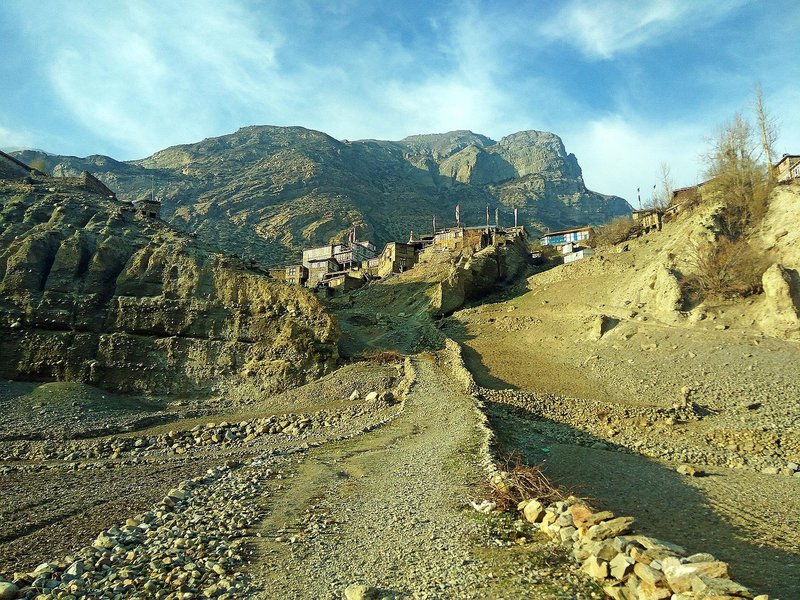
The Annapurna Circuit's Trek attraction is strong, and while the trek reaches extreme heights and has challenging terrain, it is actually within the capabilities of beginners if one acquires the proper attitude and conditioning. It is imperative to dispel all myths that one needs to be a superior athlete to go on this venture. The key is to focus on building a good level of physical conditioning and mental resilience.
Start your physical training a few months ahead of time by adding cardiovascular activities such as hiking, jogging, or cycling to your schedule. Strength training, especially in your legs and core, will also help in dealing with the diverse terrain. Don't undervalue the role of mental preparation. Familiarize yourself with the possible challenges of high altitude, changing weather, and isolated wilderness, and develop a positive and flexible mindset.
Pacing yourself is important, especially as you ascend to higher altitudes. Keep your pace slow and steady, allowing your body to gradually acclimatize to the thinner atmosphere. Hydration is equally important; make an effort to ingest at least 3-4 liters of water daily to prevent dehydration and minimize the risk of altitude sickness. Pay close attention to your body's signals and don't hesitate to take rest days when you need them. Having a proper acclimatization plan set in place, as included within the 14-day itinerary with the rest day at Manang, is vital. While some trekkers utilize medication like Diamox to assist in acclimatizing, it's best to consult your doctor beforehand.
Embarking on the Annapurna Circuit requires careful planning. Here's what you need to know:
Two permits are mandatory for trekking in the Annapurna region: the Annapurna Conservation Area Permit (ACAP) and the Trekkers' Information Management System (TIMS) card. These permits can be obtained from the Nepal Tourism Board offices in Kathmandu or Pokhara, or often through your chosen trekking agency. It is crucial to have these permits before starting your trek, as they will be checked at various points along the trail.
Permits
Note: Costs are approximate and subject to change. It's advisable to check the latest fees before your trek.
Packing appropriately is essential for a comfortable and safe trek. Here's a comprehensive list of items to consider. You can also check out our detailed guide on packing list for Annapurna Circuit Trek.
Clothing
Footwear
Equipment
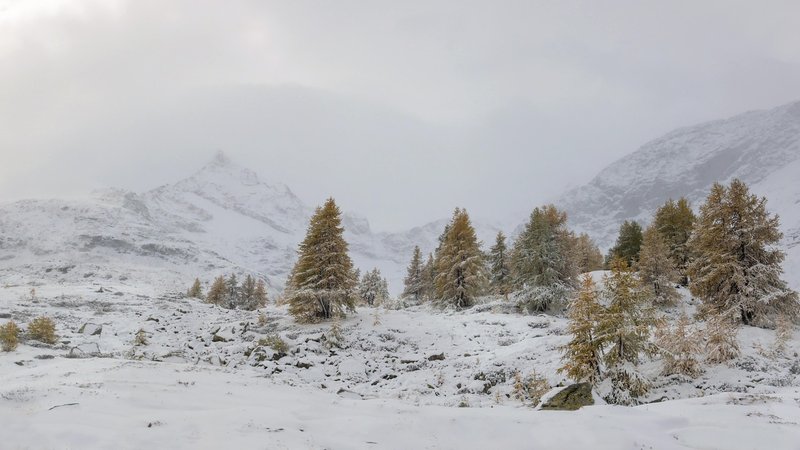
The most ideal times to do the Annapurna Circuit Trek are during the spring season (March to May) and autumn season (September to November). These seasons are known to offer clear weather, nice temperatures, and the most reliable weather conditions, making the trails pleasant and safer. Spring also includes the beauty of rhododendrons blooming, which paint the hillsides with colors of beauty. Autumn is renowned for fresh, clean air and clear panoramic views of the great Himalayan mountains. It is advisable not to trek during the monsoon season (June to August) since it rains all the time, which may result in slippery and muddy paths, accompanied by a high risk of landslides. Winter trekking (December to February) is possible, with less crowd and open views for fresh air, but with cold conditions and the risk of snow, which in some cases closes high passes like Thorung La. You can also check out our detailed blog on the best time to trek Annapurna Circuit Trek.
With the altitudes reached on the Annapurna Circuit being so high, it is important to be aware of and prevent altitude sickness. Acute Mountain Sickness (AMS) affects anyone regardless of fitness level. Prevention comes through acclimatization, which is why the 14-day trek has a particular rest day in Manang and a reasonable increase in altitude gain. Keeping oneself well-hydrated with lots of fluid intake, abstinence from alcohol and cigarettes, and high-calorie intake are also mandatory preventive measures. The "climb high, sleep low" policy has to be followed whenever one can. Initial AMS signs include headache, dizziness, nausea, and decreased appetite. One must observe these signs and never ignore them. If symptoms become worse, the most prudent course of action is to drop down to a lower altitude immediately.
Nepal has a rich cultural heritage, and respecting local customs and traditions will make your trekking experience more enjoyable. Dressing modestly, particularly when entering rural villages and religious landmarks, is prudent. Being respectful to local communities and taking an interest in their culture will go a long way. Learning some basic Nepali phrases will also be beneficial in supporting good interactions.
The cost of the Annapurna Circuit Trek is based on many different variables, including whether you travel with a guided group or independently (although new rules do require you to have a guide), the level of accommodation you desire, and your budget. Generally, you would have to budget for permits, teahouse lodging (from basic to more upscale), food and drinks (the further up you go, the more expensive), transport to and from the trailhead, and potentially the charge for a guide and porter. Snacks, hot showers, Wi-Fi, and charging electronic equipment must also be factored into your spending. Emergency evacuation insurance and high-altitude trekking are other expenses that cannot be overlooked. Package tours from trekking companies will cost between $1000 to USD 3000 per individual, depending upon inclusions and service quality. It is wise to carry sufficient cash in Nepali Rupees as ATMs are not available along the trekking route.
It is very important to select a reliable trekking company for a safe and trouble-free Annapurna Circuit trek. Go for government-registered and licensed agencies and guides with experience, a good reputation, and a track record. Good communication and transparent pricing with a clear description of what they provide in their packages are some of the points to look for. A reliable company will prioritize safety and demonstrate a commitment to responsible tourism.
Ask before booking with a trekking company what their package entails. What permits, accommodation, food, and transport are included? Does the service of a guide and porter come with it? What is excluded, e.g., personal cost, tips, travel insurance? What is the guide-to-trekker ratio? What are their contingency plans in case of emergencies, including altitude sickness?
While previously the Annapurna Circuit was walkable on one's own, recent regulations since April 2023 demand that foreign trekkers be accompanied by a registered guide. This step was taken to enhance trekkers' safety and security in remote and high-altitude regions. While some anecdotal reports suggest that enforcement of this rule can be inconsistent, it is strongly advised to adhere to the official regulations and trek with a guide. Trekking with a guide has numerous benefits, including knowledge of the trails, knowledge of the local culture and environment, arrangement of permits and logistics, and invaluable support in case of an emergency, especially altitude sickness.
Annapurna Circuit Trek is not just a trekking holiday; it's a very engaging tour of two of the world's most stunning landscapes and culturally rich areas. From the welcome of Nepal to the breathtaking scenery of enormous Himalayan ranges, the trek intermixes adventure, culture, and individual attainment in a novel way. While it is a planning requirement and being adventurous, the 14-day Annapurna Circuit Trek is a feasible dream for experienced travelers and willing new ones. The adventure and memories of being in those awe-inspiring surroundings and the sense of pride at conquering Thorung La Pass will make this an experience of a lifetime. Then lace up your boots, get your soul set, and answer the call of the Annapurna – an adventure not to be remembered awaits you.
